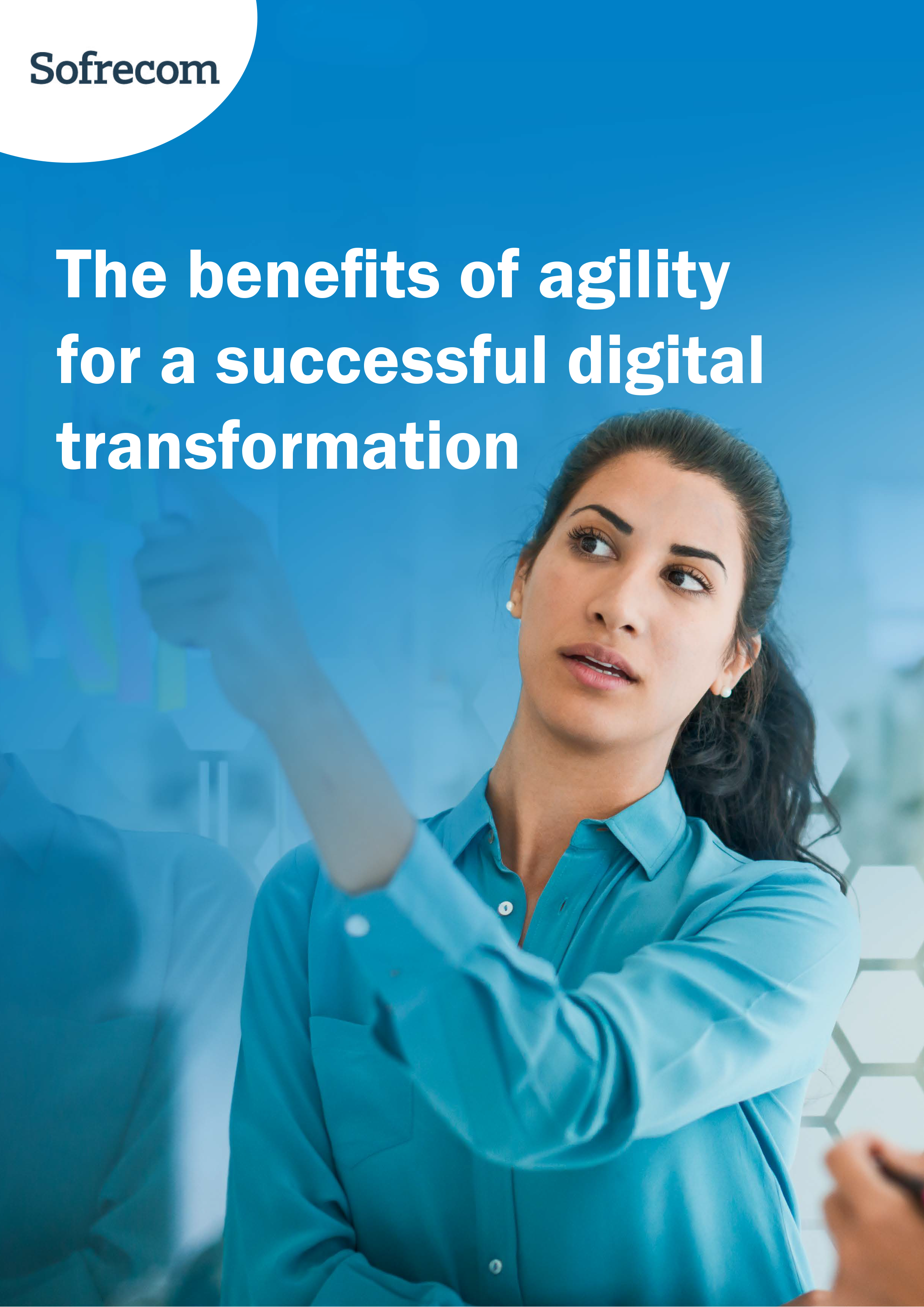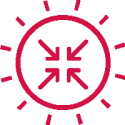
Agile methods have become almost systematic when it comes to project management. If they often rhyme with fluidity of execution, they require as much rigor and efficiency as traditional methods for a successful project.
The increasing instability of environments and the associated changes (societal, technological, etc.) are factors in markets’ transformation which require a change in the way we rethink the Marketing and Research roles.
So what does the agile method consist of in the framework of study projects? What is its added value and its applications?
Agility transforms the practices of marketing, strategy & research functions
While in traditional project management, the configuration (objectives, deadlines, means) and the milestones are fixed, agility has eliminated this tunnel effect by relying in particular on short cycles (policy of "small steps" or "iterations") which favors readjustment in the face of permanent changes in the environment.
On the other hand, by placing "Test & Learn" at the heart of our concerns, agility allows us to reduce the unpredictability of projects, particularly in the face of increasingly complex environments and ever higher customer requirements.
A study conducted by the BVA institute among marketing professionals has demonstrated the interest of these players in agile methods, confirming that it has become much more than a simple "fashion phenomenon": 95% of them believe that agility improves responsiveness, 89% that it stimulates creativity and 80% that it boosts collaboration.
The challenges for marketing professions are multiple: stimulating customer orientation, mobilizing creative resources in a different way, capitalizing on good practices...
“Agile” market researches: more than a trend, it's a reality
Traditional marketing researches are faced with profound changes in consumer habits and the accelerating pace of innovation. It is increasingly difficult to predict tomorrow's needs and behaviors.
The iterative nature of agile approaches allows companies to test, iterate, and launch products, concepts, or campaigns more efficiently by constantly soliciting customer input.
Teams using agile research deliver recommendations in significantly shorter time frames and with greater frequency to support decision making and product development. Agility reshapes time perception. The TTM (time to market) is greatly reduced.
Towards DIY, the self-service study solution?
To keep up with agile cycles, companies are increasingly using survey platforms to administer their own surveys.
Between the agile model and the innovative DIY survey tools currently available, it is now quite possible to build, collect and exploit the capabilities of in-house survey tools.
These "flash" studies allow to better decipher field situations and provide objective answers in the shortest possible time:
- Quick understanding of the facts and perceptions of the project's targets;
- Quick assessment of the field to confirm an observation, a presentiment, etc., a good way to validate the choices in a collective mode;
- Sufficient hindsight, without dedicating oversized internal resources, or bearing the high costs of a classic survey that risks taking a lot of time: do it within a compressible timeframe and at a cost compatible with the team's needs and the orientations to be planned (3 weeks on average).
Online communities: a field of co-creation
Relying on consumer groups or co-creation labs is not new in research... They allow better interaction with the consumer to explore and gather insights.
The challenges and context in which this approach can be used are diverse:
- Be on the lookout for trends and weak signals,
- Involve the end user in the development of concepts or products / services
- Test innovations: new concepts or existing products / services
- Evaluate the performance of products, campaigns (pre-tests...)
- Follow and optimize a launch
The groups make it possible to understand the logic of adherence or distancing from the proposed tracks, since each person has a proper time to express his or her own experience and evaluate the service. They also allow to benefit from the collective dynamics when it comes to evaluating the different tracks and the different value propositions/themes.
With the acceleration of customer-focus digitalization and the rise of social listening, these tools offer a huge playground for co-creation, but also for detecting needs that may not have been anticipated.
If we often associate co-creation with end consumers, we sometimes overlook that the first promoter of a brand is the employee. Involving employees in the design of the offer is more than necessary to collectively identify solutions, make them beta-testers of the company's new products or even engage them.
Regardless of the research methods used (flash survey, online community, etc.), working with agile protocols allows you to be more often confronted with the reality of markets. These methods can be applied at any time: from the testing of a value proposition to the development of an offer.
“Design thinking” teams will benefit from continuous customer feedback and thus allow “business” profiles to have the most accurate vision of the customer’s Voice and to adjust action levers.





